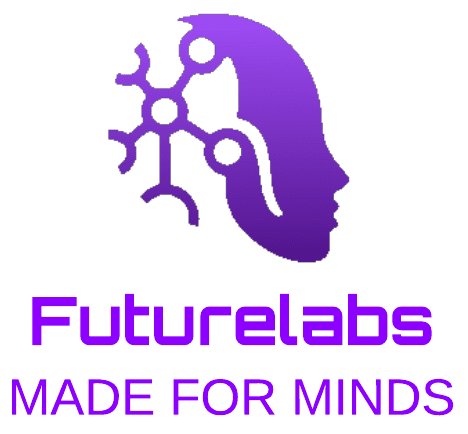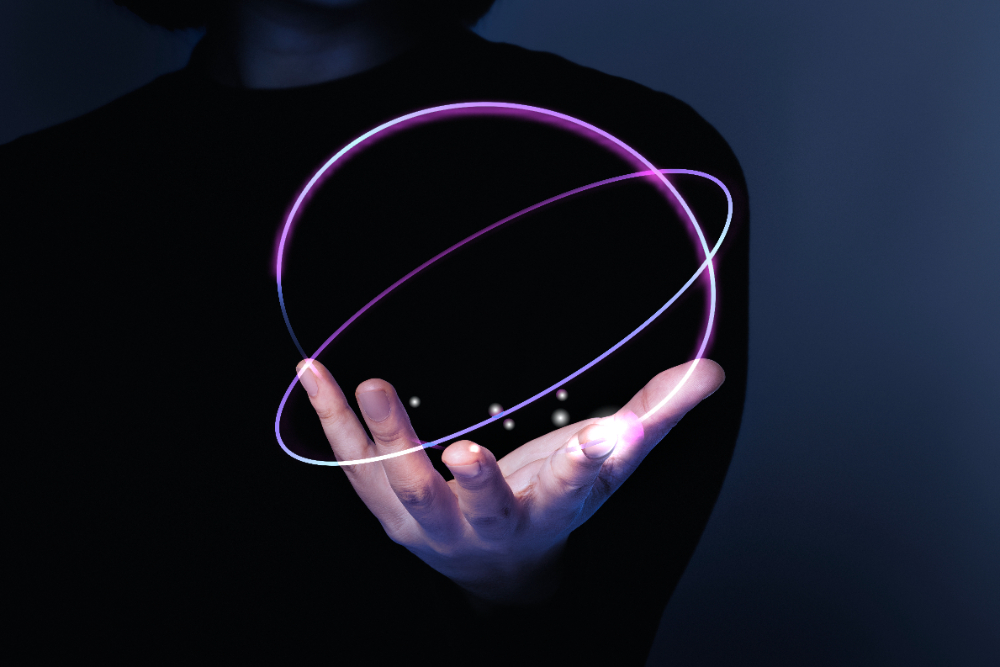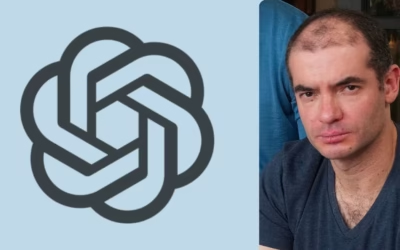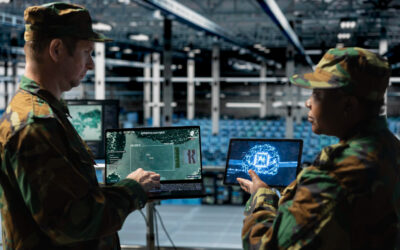Let’s talk about Raymond Kurzweil’s vision of the Singularity and its meaning. Kurzweil is one of the main advocates and promoters of this concept, and his perspective has significantly influenced the way the Singularity is understood and debated. Kurzweil’s vision of the Singularity is optimistic and transformative. He sees it as an opportunity to overcome human limitations and solve the great challenges of humanity. However, it is also important to remember that his predictions are subject to debate and criticism, and the future is inherently uncertain.
What is the Singularity according to Kurzweil?
For Kurzweil, the Technological Singularity is a hypothetical point in the future at which technological progress, especially in artificial intelligence (AI), accelerates so radically that it transforms human civilization in a fundamental and irreversible way. This point is characterized by:
Firstly, by superhuman artificial intelligence: AI reaches and surpasses human intelligence in all aspects, leading to exponential growth in the ability of machines to learn, reason, and solve problems.
Secondly, by the fusion of humans and machines: a convergence occurs between human biological intelligence and artificial intelligence through brain-computer interfaces, nanotechnology, and other technologies. This could lead to hybrid beings with enhanced cognitive and physical abilities.
Finally, by uncontrollable technological change: the pace of technological change becomes so rapid that it is difficult for humans to predict or control its direction. An “explosion of intelligence” occurs that radically transforms society, the economy, and human nature itself.
The meaning of the Singularity for Kurzweil:
Kurzweil sees the Singularity as a transcendental event in the history of humanity, comparable to the emergence of life on Earth or the development of language. For him, the Singularity represents:
The overcoming of human limitations: the fusion with Artificial Intelligence and advances in biotechnology and nanotechnology will allow for the overcoming of human biological limitations, such as disease, aging, and death.
The expansion of consciousness: the Singularity could give rise to new forms of consciousness and experience, expanding the boundaries of what it means to be human.
The resolution of humanity’s great problems: Kurzweil believes that superintelligent Artificial Intelligence could help us solve the great challenges facing humanity, such as climate change, poverty, diseases, and resource scarcity.
The chronology of the Singularity according to Kurzweil:
Kurzweil has provided an approximate timeline for the arrival of the Singularity, based on his analysis of technological trends:
Around 2029: AI will surpass the Turing Test, demonstrating human-level intelligence.
Around 2045: the Technological Singularity will be reached, with a radical transformation of society and the emergence of superhuman intelligence.
The basis of Kurzweil’s predictions:
Kurzweil bases his predictions on several very interesting factors, including:
The application of Moore’s Law: the observation that the number of transistors in an integrated circuit doubles approximately every two years, which has translated into exponential growth in computer power.
The acceleration of technological change: Kurzweil argues that technological progress is accelerating more and more, following an exponential curve.
The analysis of various converging technologies: Kurzweil considers the convergence of AI, biotechnology, nanotechnology, and other technologies as a key factor for the Singularity.
Theoretical basis of the Singularity according to Kurzweil:
Kurzweil’s vision of the Singularity is based on a series of concepts and observations that, when analyzed together, offer the true foundation of Kurzweil’s ideas:
Application of the Law of Accelerating Returns: Kurzweil extends Moore’s Law (which describes exponential growth in the density of transistors in chips) to a more general principle that encompasses various forms of technological progress. He argues that technological progress is not linear but exponential, and that the rate of change accelerates over time. This means that increasingly significant advances are made in shorter periods of time.
Convergence of technologies: He emphasizes the importance of the convergence of various technologies such as artificial intelligence, biotechnology, nanotechnology, and robotics (often abbreviated as NBIC). He believes that the interaction and synergy between these technologies will amplify their impact and accelerate the path toward the Singularity.
Reverse engineering of the brain: Kurzweil believes that understanding how the human brain works through neuroscience and reverse engineering is fundamental for the development of superhuman AI. He considers that by replicating the brain’s architecture and processes in machines, we can create artificial intelligences with cognitive abilities comparable to or exceeding those of humans.
Ubiquitous and cloud computing: The availability of increasingly powerful, ubiquitous, and accessible computing through the cloud is a key factor in Kurzweil’s vision. This computational infrastructure will enable the processing of large amounts of data and the development of complex AI systems.
Ethical implications of the Singularity according to Kurzweil (and the concerns that arise):
The Singularity raises a series of important ethical questions that must be considered:
Control and security of superintelligent AI: One of the main concerns is how to ensure that a superintelligent AI remains aligned with human values and goals. There is a risk that an AI with superior capabilities could make decisions that are harmful to humanity.
Inequality and access to technology: The Singularity could exacerbate social inequalities if access to new technologies, such as cognitive enhancements or life extension, is not distributed equitably. This could create an even greater gap between the rich and the poor, leading to new forms of discrimination and exclusion.
Impact on employment and the economy: AI-driven automation could have a significant impact on the labor market, displacing millions of human workers. This raises the need to rethink economic and social models to address technological unemployment and ensure fair wealth distribution.
Changes in human nature: The fusion of humans and machines could profoundly transform our identity and our understanding of what it means to be human. This raises questions about human autonomy, privacy, and the preservation of fundamental human values.
Existential risks: Some experts, such as Nick Bostrom, have raised the possibility of existential risks associated with superintelligent AI. If proper precautions are not taken, an AI with goals different from ours could pose a threat to humanity’s survival.
Philosophical implications: The Singularity raises profound philosophical questions about consciousness, identity, free will, and the purpose of existence.
Kurzweil’s stance on these implications:
Kurzweil acknowledges the importance of addressing these ethical issues and advocates for the responsible development of technology. While he is optimistic about the potential benefits of the Singularity, he also emphasizes the need to establish ethical and regulatory frameworks that ensure technology is used for the common good. He argues that the best way to mitigate risks is to understand the technology and actively work to guide its development in a positive direction. In summary, the theoretical foundation of Kurzweil’s vision of the Singularity is based on the Law of Accelerating Returns, the convergence of technologies, and the reverse engineering of the brain. However, this scenario raises significant ethical implications that must be carefully considered to ensure that technology benefits humanity and does not become a threat.






0 Comments